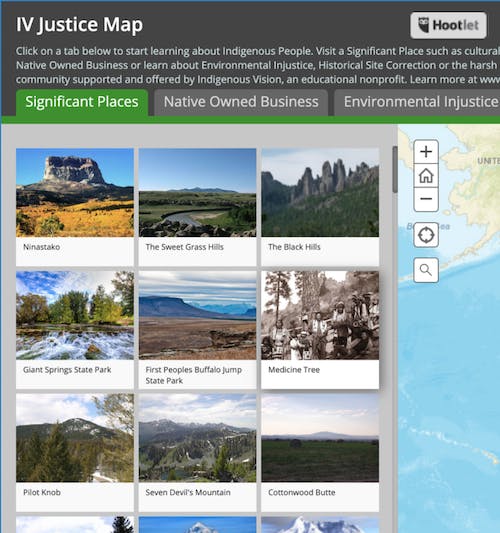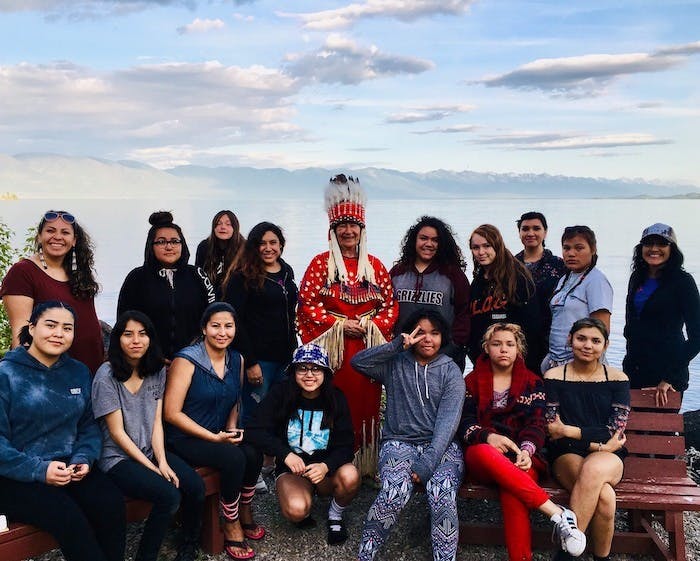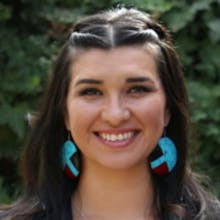Building inclusive communities and strong Indigenous youth
by Souta Calling Last & Tyler Walls, Indigenous Vision

At Indigenous Vision, we work to revitalize Indigenous Communities by providing educational resources through quality programs that promote well-being. We work a lot with Indigenous youth, among whom suicide has reached epidemic levels. In our experience and according to the research, culturally affirming approaches to youth development save lives.
Misinformation about indigenous communities is everywhere. These hurtful narratives negatively impact indigenous youth and their sense of place and purpose. They also perpetuate environments that are hostile to Indigenous communities. Reclaiming our landscape narratives - the stories past and present told about the Land, People, and Cultures of our Indigenous communities - is critical to the well-being of Indigenous youth and communities.
Whether you’re an insider or ally, you, too, can support Indigenous youth and communities by challenging the anti-Native narratives that dehumanize and otherwise bring harm to our youth and communities. The following action steps are a great start.
1. We're here and we're diverse! Be careful not to generalize about Indigenous peoples.
There are thousands of unique indigenous nations in the Americas today, and we have vastly different cultures, customs, and norms. When speaking about Indigenous people, avoid lapsing into harmful Pan-Indianism. Instead, be specific about a person or community’s Tribal Nation.

2. Learn to counter misinformation about Indigenous communities where you live. Teach your children to do the same.
Do the narratives and representations you encounter about local Indigenous people promote stereotypes, such as characterizations of passivity, aggression, or criminality? Do local narratives rationalize massacres or forceful relocation of the original people and minimize settler aggression? Do narratives erase Indigenous people, both in the past and present?
3. Learn about and respect significant Indigenous places near you.
For Indigenous children in particular, there is no book or activity that can replace visiting their ancestral homeland and learning their origin story.

4. Look for and support culturally-relevant programs for Indigenous youth.
Indigenous youth often struggle with symptoms of historic and ongoing traumas. Suicide rates are considerably higher among Native youth than for youth from other racialized groups. Programs for Indigenous youth that provide reliable, safe environments, are culturally relevant and promote casual sharing of experiences outperform programs that have an institutional feel and only target “at-risk” behaviors such as substance use, school dropout, and suicide.
5. Always ask, who's not at the table?
Talk with your elected representatives about conscious and Indigenous-inclusive decision making and community development. In many instances, burial grounds, sacred places, and mounds have been bulldozed to make way for the next string of convenience shops or resource development. There is no development that will replace the historic and educational value of leaving a significant place intact.

Souta Last

Tyler Walls
Get Insights In your Inbox
Join the EmbraceRace community! You will receive the newsletter with our latest on race & kids, including upcoming events and opportunities, resources, community news and curated links.
Subscribe


